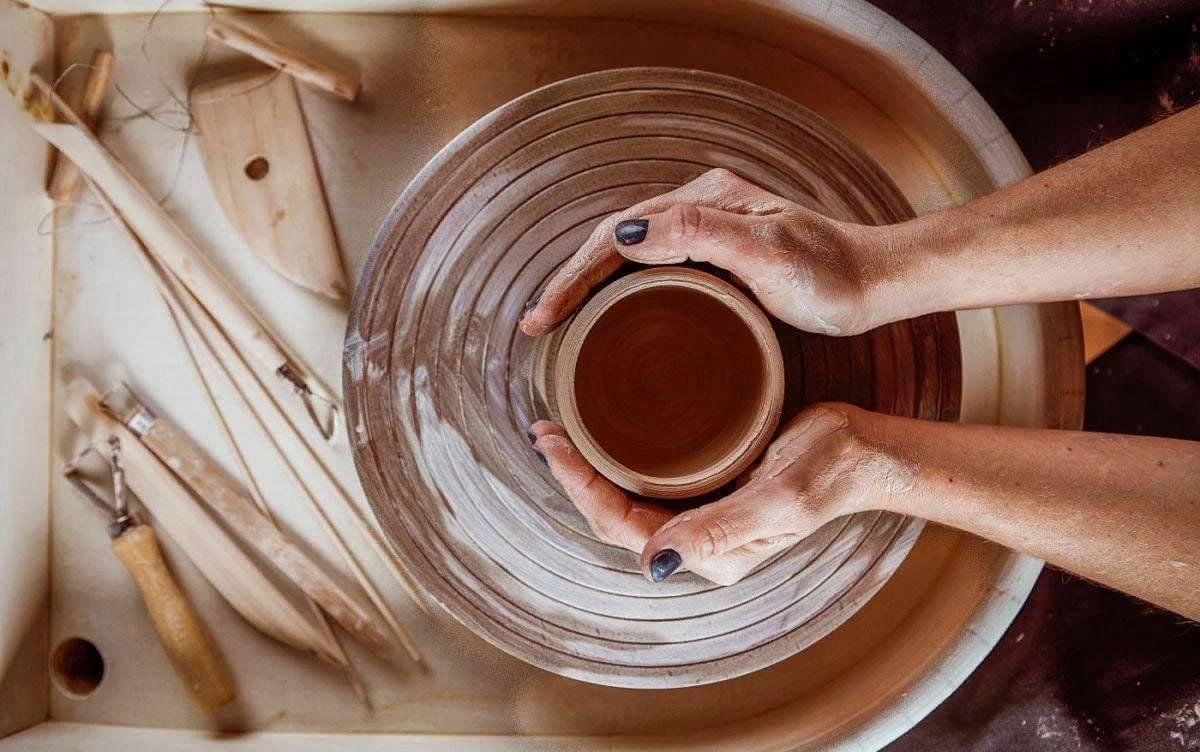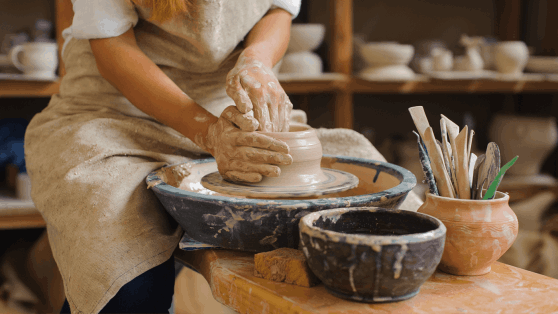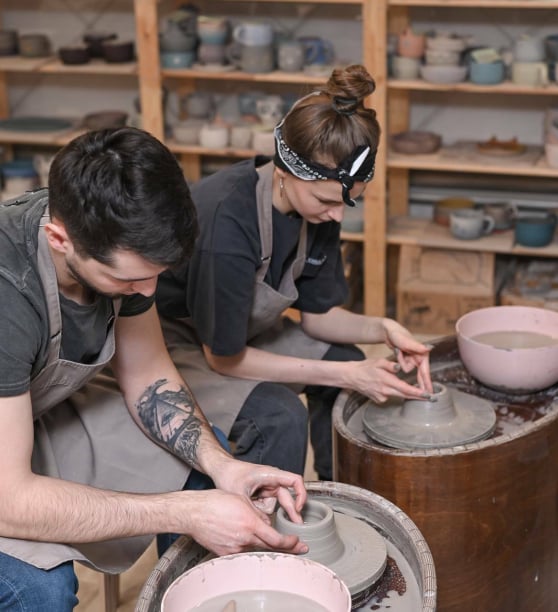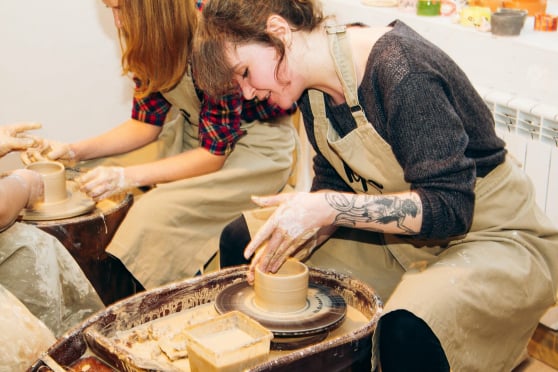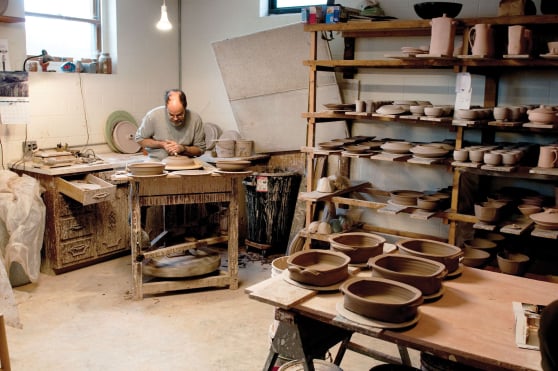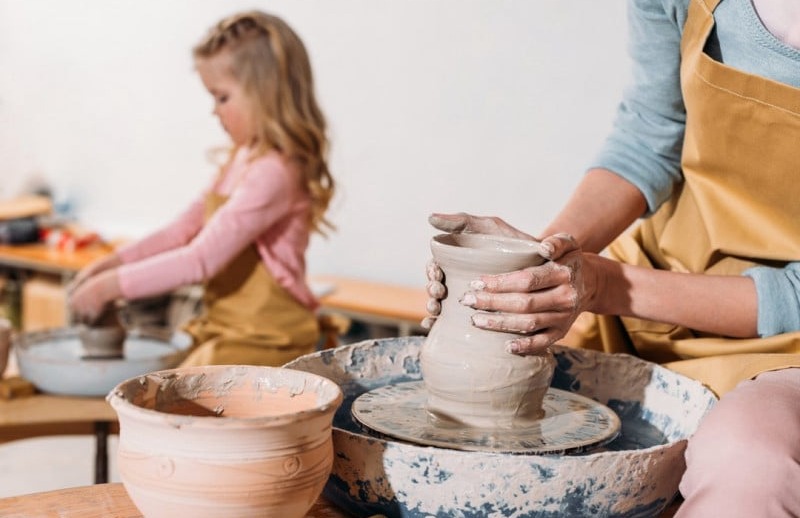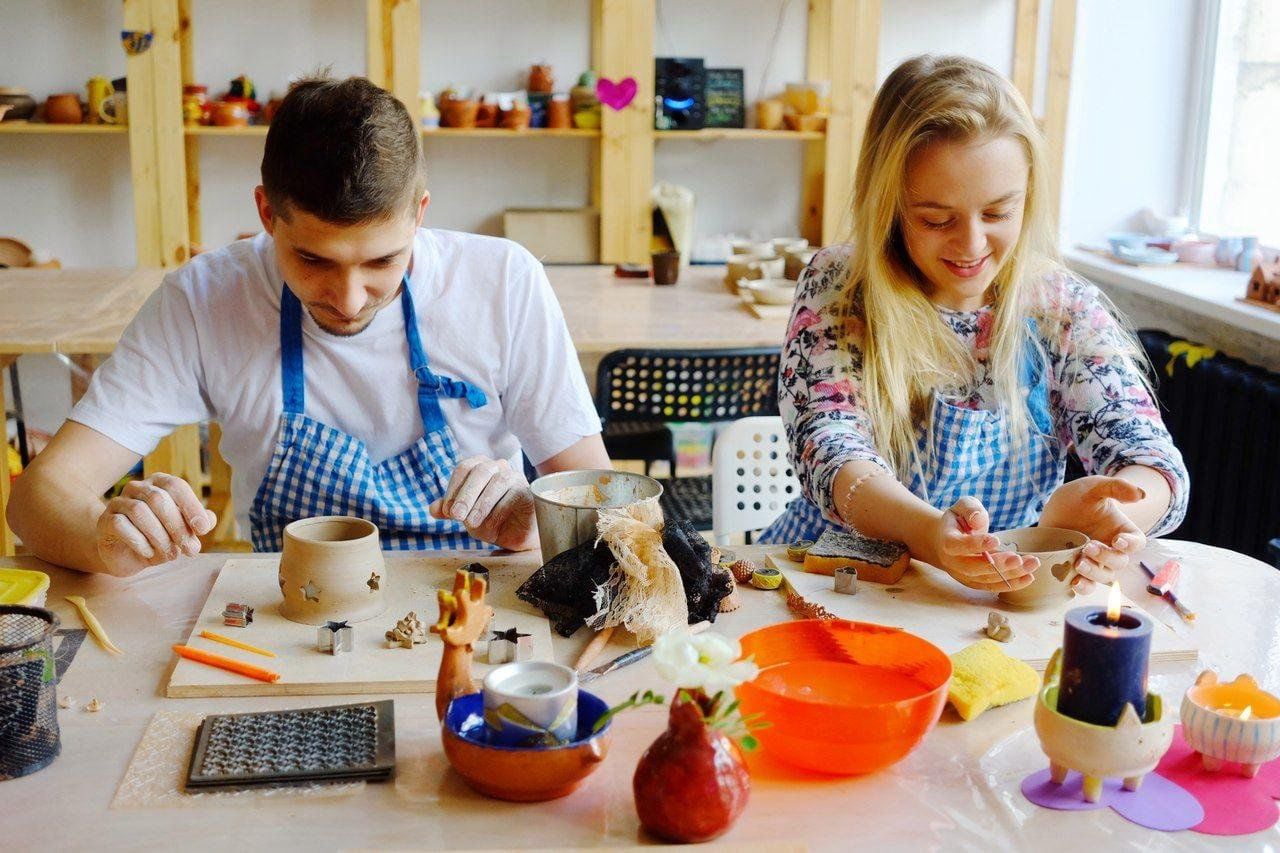Our Mission
Cove Kestrel exists to preserve pottery as a transformative art form. In a world of disposable goods, we champion objects made with intention—each imperfection a testament to humanity. Our mission begins with education, ensuring techniques passed down for millennia remain vibrant and accessible. Scholarships for underrepresented artists and prison outreach programs embody this commitment.
Sustainability is woven into our ethos. We reclaim ninety percent of studio clay scraps, use solar-powered kilns, and partner with mines practicing regenerative agriculture. Packaging is biodegradable, and every product is tested for non-toxicity. By aligning with environmental stewards, we ensure the earth that yields our clay remains fertile for generations.
Ultimately, we measure success not in revenue but in stories: the retiree who discovers a latent talent, the therapist using our classes for trauma recovery, the child who gifts a handprint bowl to her grandmother. Pottery, to us, is a language of connection—one we’re honored to teach.
